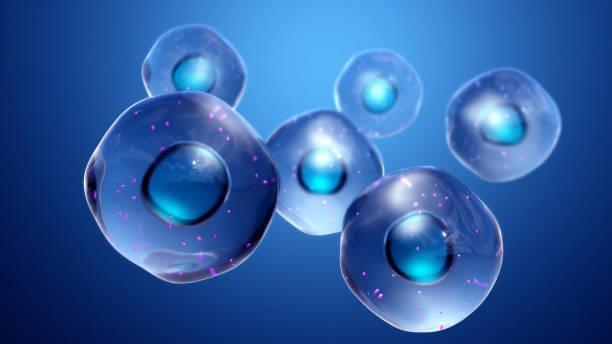Search here

22-Feb-2023
Artificial intelligence examines cell movement under a microscope
For decades, scientists have studied cell movement by manually tracking cells under a microscope—a laborious process that requires time and attention to detail. With the help of AI, researchers can now automate this process and gain unprecedented insight into cell behavior in real-time.
The vast amount of data that can be gathered by using a microscope to observe biological processes has historically limited analysis. The researchers at the University of Gothenburg are now able to use artificial intelligence (AI) to track the movement of cells across space and time. The development of more potent cancer treatments may greatly benefit from the method
Under a microscope, we can learn fundamental information about the processes that affect our health by studying how cells and biological molecules move and behave. The development of new medical technologies and treatments necessitates research into how cells behave in various situations.
The field of optical microscopy has come a long way in the last two decades. It enables us to examine biological life to the smallest spatial and temporal detail. Jesus Pineda, a doctoral student at the University of Gothenburg and the first author of the scientific article published in Nature Machine Intelligence, stated, “Living systems move in every direction at different speeds.”
Particle relationships are described mathematically. Today's researchers have access to such enormous amounts of data that analysis is nearly impossible. However, a new artificial intelligence technique based on graph theory and neural networks that can extract trustworthy information from video clips has been developed by researchers at the University of Gothenburg.
Under a microscope, cells are constantly in motion. They move to find food, escape danger, or reproduce. To understand how cells work, scientists need to be able to track their movements.
In the past, tracking cell movement was a tedious and time-consuming task that was often done by hand. However, with the help of artificial intelligence (AI), scientists can now track cell movement automatically and more accurately than ever before.
The mathematical structure known as graph theory is used to explain the connections between the various particles in the sample under investigation. It is comparable to a social network, where the particles interact with one another and either directly or indirectly influence one another's behavior.
"The AI method can solve multiple tasks in various experiments by utilizing the information in the graph to adapt to various circumstances. Our artificial intelligence, for instance, is able to reconstruct the path that distinct molecules or cells take when moving to perform a particular biological function. Jesus Pineda stated, “This means that researchers can test the efficacy of various medications and see how well they work as potential treatments for cancer.”
AI is already being used by pharmaceutical companies. AI also makes it possible to describe all dynamic aspects of particles when other methods wouldn't work. Hence, drug organizations have proactively integrated this technique into their innovative work process.
Final words : Artificial intelligence is revolutionizing the way we research and understand cellular biology. With its ability to quickly analyze cell movement under a microscope, AI can help scientists make discoveries faster than ever before. Not only does this technology save time and resources, but it also allows us to explore new areas of study that would have been impossible with traditional methods. As our understanding of AI grows, so too will our capacity for innovation in biomedical science and beyond.

SEO and Content Writer
I am Drishan vig. I used to write blogs, articles, and stories in a way that entices the audience. I assure you that consistency, style, and tone must be met while writing the content. Working with the clients like bfc, varthana, ITC hotels, indusind, mumpa, mollydolly etc. has made me realized that writing content is not enough but doing seo is the first thing for it.
Join Our Newsletter
Subscribe to our newsletter to receive emails about new views posts, releases and updates.
Copyright 2010 - 2025 MindStick Software Pvt. Ltd. All Rights Reserved Privacy Policy | Terms & Conditions | Cookie Policy